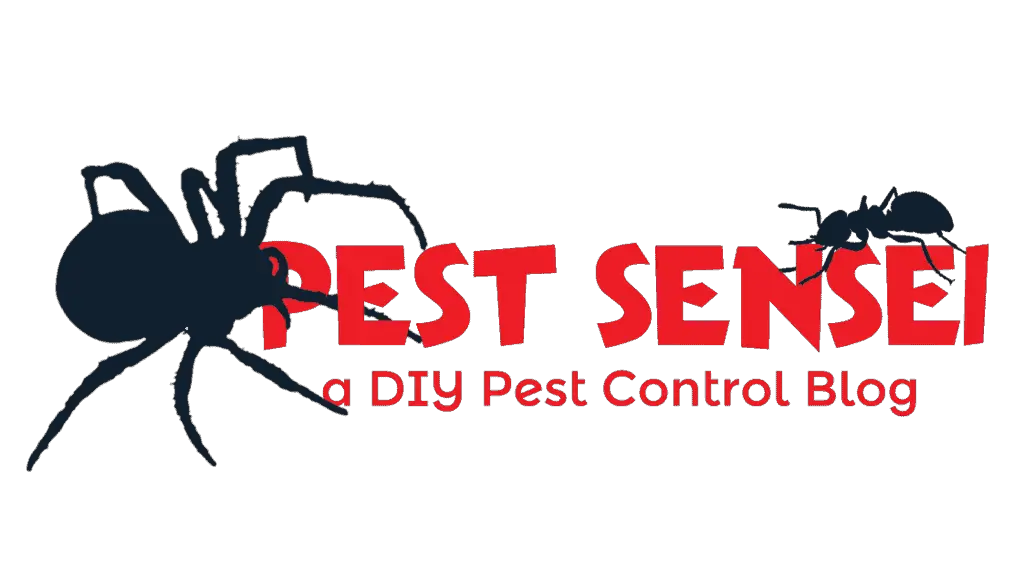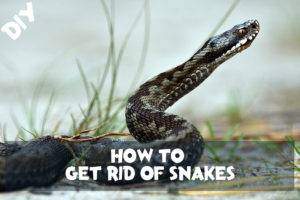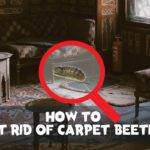Having a free-roaming snake in your house or yard is terrifying. In this guide I’ll teach you how to deal with invading snakes and how to prevent them in the first place.
How to Deal with a Snake in Your House?
- Know the Snake
If you see a snake in your house, the first thing that you need to do is to snap a clear photo of the snake without provoking it. That’s not for IG though, it’s for proper identification of the snake.
There are around 100 snake species in North America. Some are harmless and some are extremely venomous. Having a photo for identification can help snake catchers to get themselves prepared.
Certain antivenins are species-specific, while some are effective against a group of snakes. Correct identification can also help you get the right antivenin in case you are bitten.
- Back Off
Snakes don’t usually attack humans, unless we are talking about hungry reticulated Python in Indonesia, or perhaps the green anaconda. Trust me, snakes don’t invade your house because they want to eat you.
Unless you are trained, do not attempt to confront the snake. Otherwise, the snake might be agitated and attack you.
If you have any cats, dogs, or toddlers at home, keep them away from the snake. Dogs will most likely try to attack the snake, but could be injured or killed. On the other hand, cats and toddlers can be curious and unknowingly provoke the snake. Hence, you must move them to somewhere safe.
- Cordon Off the Area
A snake which has entered your house will likely move around. You need to restrict its movement so that it doesn’t go inside hard-to-access places like attic, crawl space, platform etc.
Block those entry points using cardboard, rolled towels. Otherwise, it will be very difficult to remove the snake if they enter those places.
Open the doors that can lead your snake to exit your house, and close the doors that lead them to go in further. The snake is probably as worried as you, and is trying to escape. Hopefully it can find its way out.
- Call for Help
You can contact your local animal control department, pest management service provider or wildlife control experts to remove the snake. Usually, they can attend to your request immediately even at night if it is urgent (at a cost of course).
They might ask for information such as the type, size and quantity of the snake and where the snake is. This is where your photo becomes useful.
Local animal control is usually free, but it is definitely chargeable if you engage private companies. The price for snake removal varies depending on the size of the snake, whether it is venomous, where the snake is hiding, the number of snakes, and how far your house is. Expect to pay 250-600 dollars. Obviously, you will have to pay more if the snake is big, or if the snake is venomous, or if the snake is hiding at a hard to access location.
- Keep an Eye on the Snake
In any horror movie, the characters in the movie are always attacked by the horror subject when they try to search for it. Don’t make the same mistake! Always keep an eye on the snake while waiting for help so that you know where it is! This will also make the snake removal job easier and faster.
What Attracts the Snake to My House?
Intrusions of snakes into homes are usually accidental. If there is an abundance of prey animals and undisturbed places for them to hide, they stay.
Snakes are motivated by food and shelter. They might accidentally enter your home when they are looking for food and shelter. If they can’t find suitable prey, they will leave. What makes them stay is the abundance of prey such as rodents or frogs. In such cases, the snake will help to control your rodent or frog issue for you.
Another reason for the snake to stay is the presence of a cozy shelter that you have offered. It can be the clutter in your yard, the dense vegetation, the drain, the crawl space, and even the attics.
How to Keep Snakes Away from Your Home and Yard?
You can keep snakes away by clearing clutters and dense vegetation, proofing entry points, controlling pests, and installing snake fencing.
Clear Clutter
If you store firewood piles or other things outside your house, it can become a good hiding place for snakes. Move those things away from your house or somewhere accessible by the snakes.
Clear Dense Vegetation
Snakes like to hide in tall grasses or dense vegetation. You should mow your lawn frequently to keep the grass short. That also allows you to spot any snakes easily.
If you have shrubs or dense vegetation, consider removing them or redesigning the landscape so that there is no place for the snake to hide, or at least make it easier to spot the snake.
Controlling Other Pests
Snakes love rats and frogs. If you have a rat or frog issue, better solve it immediately. Things that you can do to resolve rat infestation include using rodenticide and removing food sources. I have a guide on rat control that you can refer to.
Meanwhile, frogs and toads are often associated with the presence of a pond in your yard. You might want to consider catching them or remove the pond.
Entry Point Proofing
Are there any holes or entry points that can lead the snake into your house, crawl space or basement? Do you have any ground level windows or vents big enough for the snakes to pass through? Is there any weep hole on your wall? If the answer is yes to any of them, seal them up using concrete or aluminum wire mesh with less than ¼” opening to prevent snakes, or 1/16” opening to prevent other insect pests.
Install Snake Fence
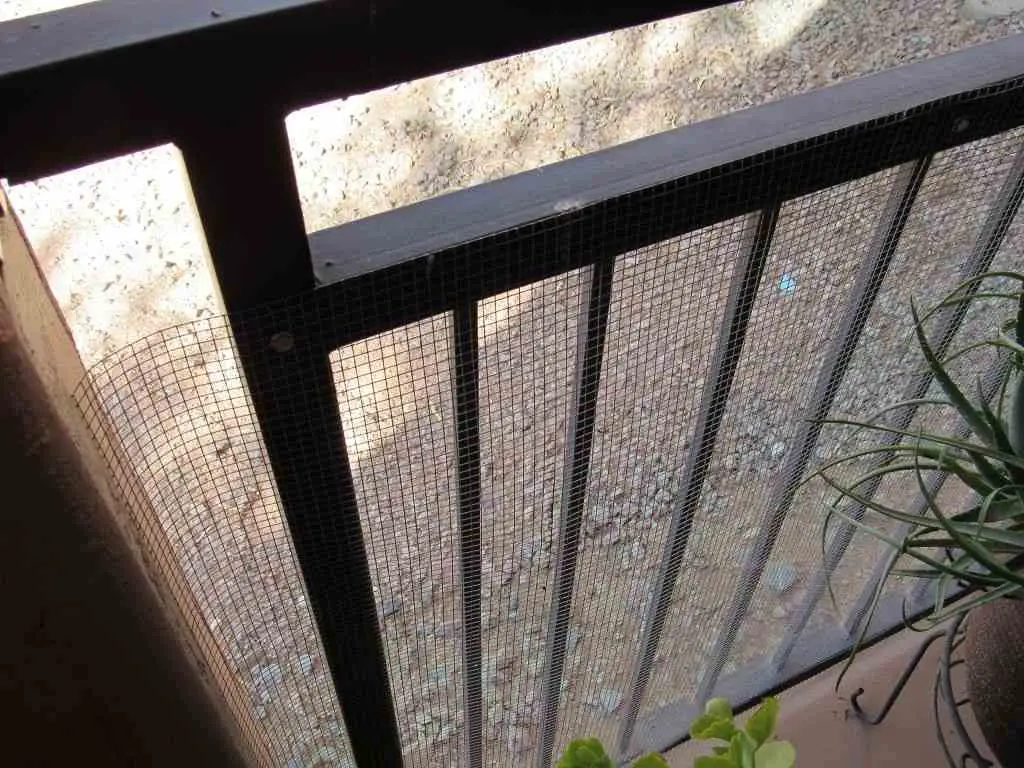
Installing snake fencing is another good option to keep snakes away. Snake fencing design and installation involves some knowledge on snake behaviors so that it can be done correctly. A poorly erected snake fence is a waste of money.
In short, snake fencing is basically wire mesh with ¼” openings installed to block larger snakes from entering your premises.
The caveat is, snake fencing doesn’t block smaller snakes, which are usually harmless. If you are staying in the southwest of the US, you really should consider installing snake fencing to block the rattlesnakes.
Here’re some tips on snake fence installation and specs. Whether you plan to do it by yourself or get someone else to do it (get a non-obligatory quote on Networx), make sure you consider the following criteria.
Snake fencing is usually installed against the existing fencing to cover the gaps. It should be installed around the gaps on your fence, between the gate and the fence, underneath the gate, as well as the storm drain. Skipping any of these will give an opening for the snake to enter.
The wire mesh must be secured by screws and not any sort of plastic such as cable tie. Plastic can degrade under the sun, which makes your snake fence useless. If possible, use either aluminum mesh or galvanized steel mesh because they are more durable, and they don’t rust.
It is crucial to use meshes with not more than ¼” opening because baby rattlesnakes can pass through meshes with ½” openings. Since you are paying for everything required to do snake fencing, why not pay a little bit more to bullet-proof it!
In terms of height, the snake fence must be at least 30” tall from surrounding flat surfaces. Keep an eye on anything next to the fence where the snake can utilize to overcome the height. For instance, if there are shrubs just next to the fence, the snake might utilize them to overcome the fence. In such a case, you need to increase the height of the fence so that it is 30” taller than the shrub, or relocate the shrub.
If the fence is built directly above soil, make sure around 5” of the bottom part of the fence is completely buried inside the soil. Otherwise, soil erosion or rodent activity may create a new entry point underneath the snake fence.
The toughest place to install the snake fencing is probably on the gate, where there will be gaps underneath the gate as well as between the gate and your fence. For this, it is easier to build a small concrete curb on the floor or install a metal plate underneath the gate so that it leaves not more than ¼” gap when the gap is closed. Whatever you do, make sure the gate can still operate normally, and the operation of the gate doesn’t damage your snake-proofing materials.
Do Snake Repellents Work?
How can I skip snake repellents in a snake control topic? There are a lot of snake repelling products in the market, and there are also a lot of home remedies for snake repellent that you can find from Google.
Unfortunately, none of the snake repellents in the market works. Same goes for home remedies. They don’t repel snakes at all.
Most of the snake repellents, be it commercial products or home remedies, contain sulfur as the main ingredient. Some might use naphthalene, garlic, vinegar, lime and all sorts of “natural” essential oil in the formulation.
Most of the products claim to produce odor that the snakes don’t like. Some products even claim to contain the urine smell of snake predators, which scare the snakes away. By sprinkling those products along the perimeter of your house, you create a barrier to repel the snakes. And that’s simply not true!
I’ve heard saying that sulfur “burns” the skin of the snakes as the snakes slither on sulfur. This is based on the assumption that snakes have moist skin. I am not sure how it feels when you touch sulfur with a wet hand, but snakes definitely have dry skin.
Another common repellent – naphthalene is known to be carcinogenic, at least in animals. So, please don’t waste your money on something ineffective and dangerous.
“But I saw some good reviews on the product. It must have worked at least for someone!” You might think. But the truth is, those are simply the buyer’s narrative. Perhaps there are no snakes within the vicinity in the first place. Or, the snake left even without the repellent.
“But I’ve seen videos on a snake deterred by garlic”, some may argue. The video shows a small snake, doesn’t it? What about larger vipers? Moreover, are you sure you are going to put that much garlic in your yard? Even if you are using garlic extract, are you going to apply it on a daily basis?
If you really want to do something to keep snakes away, snake fencing is your best bet!
Can Snakes Enter Toilets through the Drain?
Snakes can enter the toilet through the drain, although it rarely happens. Consider installing a 1-way filter in your drain to prevent the snakes from entering.
Snakes are attracted to rats and the cool temperature in the sewage system. As they hunt for rats in the sewage and get lost in the complex piping system, they might end up in your toilet.
Even though this rarely happens, you can prevent it by installing a 1-way filter in your drain pipe. The filter allows 1 way traffic from your toilet outwards, but prevents things from coming in from the other direction.
How do I Know Whether the Snake is Venomous?
A snake with facial pits, vertical pupils and triangle head or rattle on its tail is venomous. This doesn’t mean that snakes without such features are harmless though.
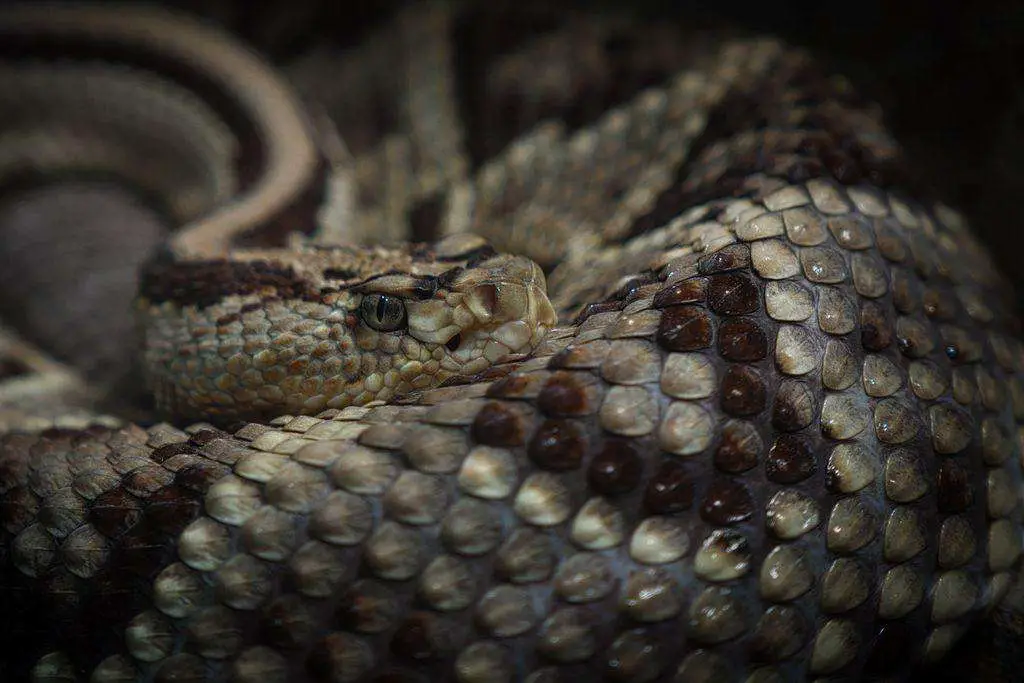
Pit vipers make up the most of the venomous snakes in the US. Knowing how to identify pit vipers means you can identify 90% of the venomous snakes in the US.
Pit vipers have facial pits located between the eyes and the nostrils. They look like a hole. These pits lead to infrared sensors that help the vipers to detect prey. Since all pit vipers are venomous, snakes with facial pits are venomous. But that doesn’t mean snakes without facial pits are harmless!
Besides that, all pit vipers have a triangle head due to the venom gland located at both sides of the head. Do note that many non-venomous snakes make their head appear triangle when threatened, presumably to make themselves look venomous. Pit vipers also have vertical pupils instead of round pupils.
With all those three characteristics, you should be able to easily identify pit vipers. But the caveat is, you need to get close enough, which is dangerous. There is no point risking your safety just to identify whether a particular snake is a pit viper.
Certain pit vipers have rattles on their tail, and they are called the rattlesnake. They vibrate the rattle as a sign of warning to their enemies. If you hear the rattle sound, back off! They are ready to strike.
All rattlesnakes are venomous. Again, that doesn’t mean that those without rattles are not venomous!
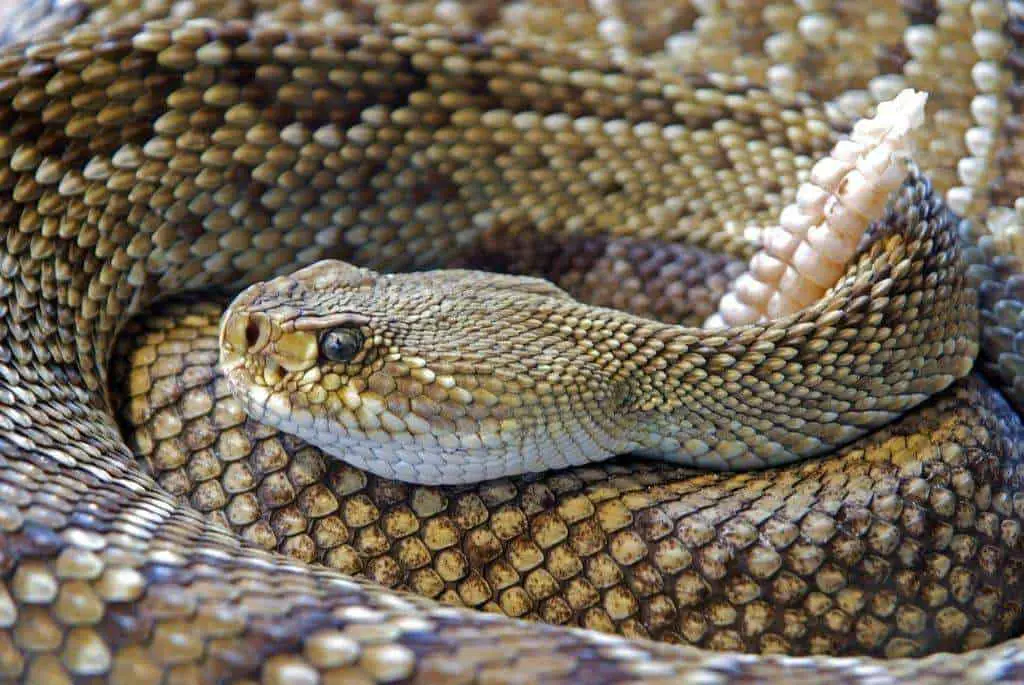
Bear in mind that the younger rattlesnakes have a shorter rattle that may not be conspicuous. Certain species such as the pygmy rattlesnakes have a very small rattle.
There are other venomous snakes in the US which are not pit vipers. For instance, the aquatic or semi-aquatic coral snakes. These snakes have red and yellow stripes on their body. But many other non-venomous snakes have colorations that mimic the venomous coral snakes.
Treat all snakes as venomous unless you are very sure that they are not.
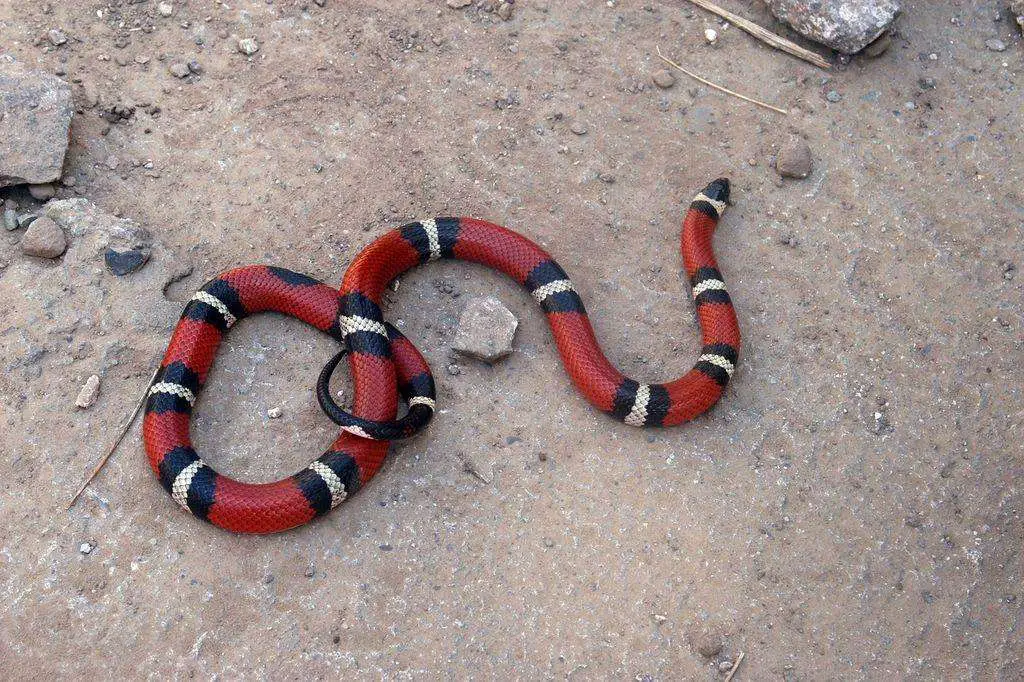
What to do if I am Bitten by A Snake?
Immediately call 911 and wait for help. Snap a photo of the snake. Keep calm, clean and cover your wound. Avoid driving or running.
While the majority of the snakes are not venomous, unless you are a herpetologist, always assume you are bitten by a venomous snake. It’s better to be safe than sorry.
The first thing that you need to do after you get bitten is back off and snap a clear photo of the snake if you haven’t.
Don’t post that photo on IG yet!! Instead, call 911 if you are in the US, or your country’s emergency service. Clearly tell the operator that you have been bitten by a snake. Try to describe the snake (color and pattern) and give them your location.
The photo of the snake is crucial to help the medical provider determine whether an antivenin is required, and give you the right antivenin.
Depending on the situation, the emergency services will either pick you up to the hospital, or they might need you to go there by yourself.
If you need to go to the hospital by yourself, don’t drive by yourself! The venom may start to affect you while you are driving, and may cause a road accident. Instead, get a cab or your family members to drive you to the hospital.
Try to seek medical attention within 4 hours, or at most 24 hours after you were bitten by a snake. Don’t delay the treatment because the longer it takes to get the antivenin, the more irreversible damage can be caused.
While waiting for help, sit down and relax. Don’t do anything that can increase your heartbeat or blood circulation because that will spread the venom further. Take off any jewelry or watch around your wound before it starts to swell. You should wash the wound and cover it with a clean bandage. Don’t apply any medicine or eat painkillers.
Never attempt to suck out the venom using your mouth. Not only it doesn’t help because the venom is already spreading, the venom may go into your mouth and you might also cause bacterial infection on your wound.
Don’t apply ice on your wound, don’t apply a tourniquet, and don’t trust anything you see in the movie with regards to snake bite. Just get help and wait for help!
Final Words
Most of us are afraid of snakes, and snakes are afraid of us too.
I hope you find this guide helpful, and thank you for reading. Do share my blog if it helps you.
